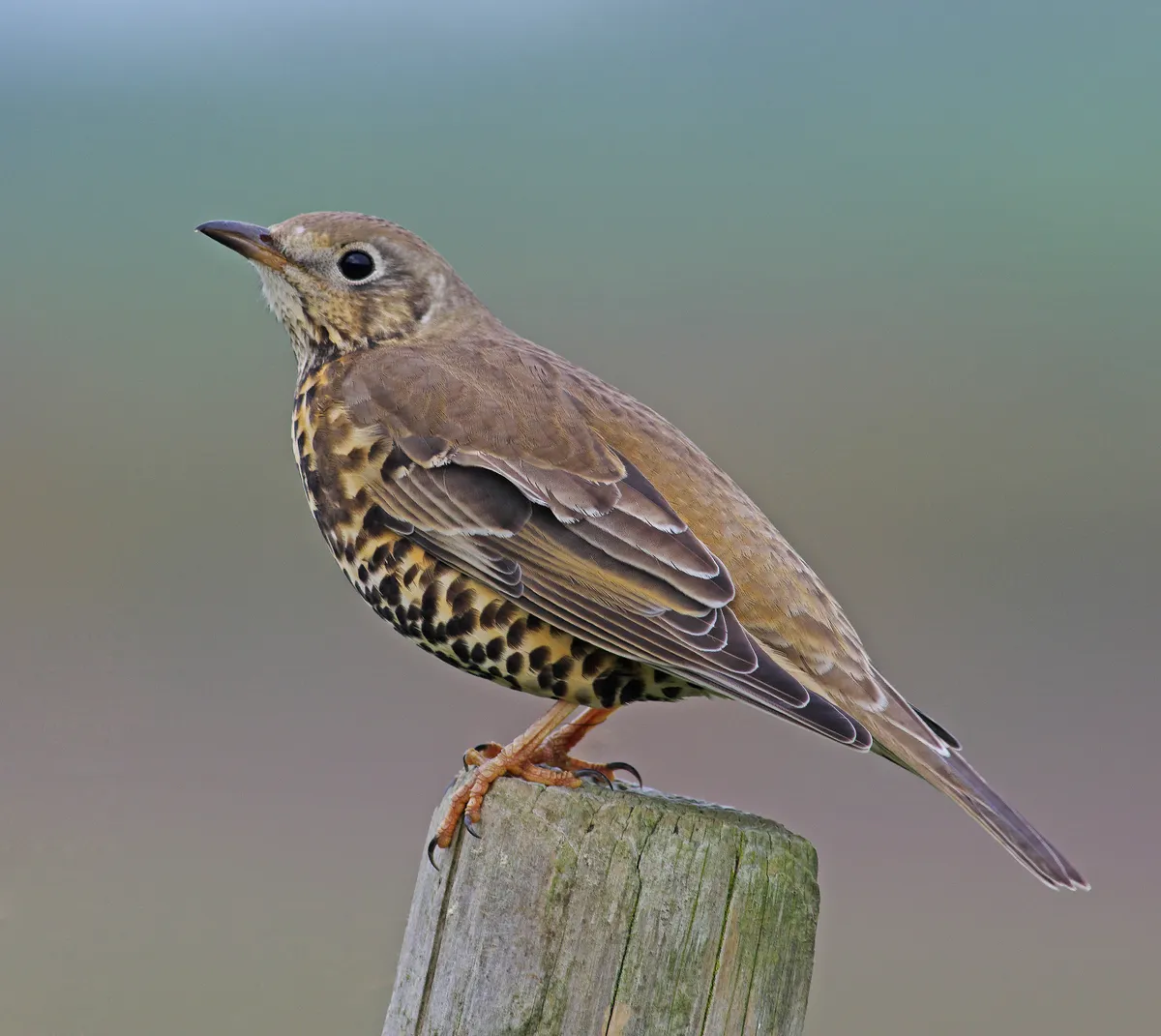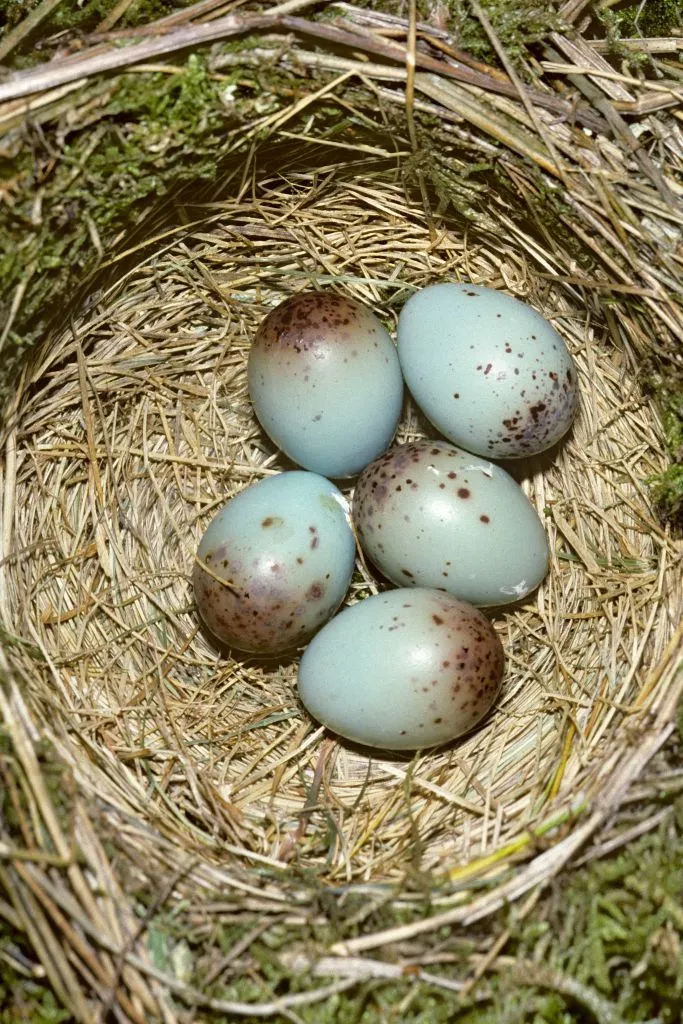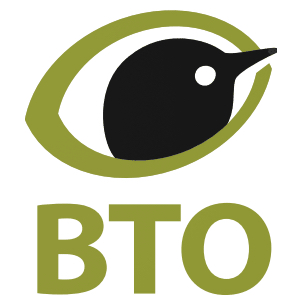What is the scientific name of the mistle thrush?
The scientific name for mistle thrush is Turdus viscivorus, the latter of which means devourer of mistletoe. In continental Europe, mistletoe berries are an important food source, but in the UK, they prefer holly and hawthorn berries.
The genus name, Turdus, comes from Latin and means thrush. Mistle thrushes are one of six thrushes found in the UK (either as winter visitors or as breeding birds). The other five are:
- Common blackbird (Turdus merula)
- Song thrush (Turdus philomenus)
- Redwing (Turdus iliacus)
- Fieldfare (Turdus pilaris)
- Ring ouzel (Turdus torquatus)
What other name is a mistle thrush known by?
A colloquial name for mistle thrush is ‘stormcock’. This comes from their tendency to defend territories from the top of the tallest tree, even if it is windy and raining. Their ‘fluting’ phrase is one of the earliest signs of spring, and they usually start singing by late January.

How to identify a mistle thrush
Mistle thrushes are noticeably larger than song thrushes, with a longer tail. They have pale grey-brown upperparts, and their white underparts are heavily spotted, with the spots on the belly and flanks more rounded in appearance.
Please note that external videos may contain ads:
Identifying song and mistle thrushes. © BTO
What does a mistle thrush sound like?
Mistle thrushes have a rattling call, particularly when alarmed or disturbed.
Please note that external videos may contain ads:
#BirdSongBasics – Song thrush and mistle thrush. © BTO
When can I see a mistle thrush?
While song thrushes are more common in gardens, mistle thrushes use them too, especially during the autumn and winter. Their diet mostly consists of invertebrates and berries, but they will come into gardens for windfall apples.
Are mistle thrushes territorial?
Mistle thrushes will fiercely defend their food sources, especially large isolated holly bushes. Individuals that do this effectively have been shown to produce earlier and bigger clutches than those that don’t guard berries in the winter.

When do mistle thrushes lay their eggs?
One of the earliest breeders of the year, they will lay eggs as early as the end of February. This doesn’t mean that they stop early though, as each pair rears up to three broods of chicks, and may continue through to the end of June.

Where do mistle thrushes build their nests?
Usually in the fork of a branch, or up against the trunk of a tree, mistle thrush nests are made out of loosely woven grasses, moss and roots, held together with mud, leaves and rotten wood. Inside they are lined with fine grasses and occasionally pine needles, which are thought to reduce nest parasites.
As with food sources, mistle thrushes will also defend their nests vigorously, routinely chasing off corvids. They have also been known to take on sparrowhawks, buzzards and barn owls, and one even killed a jackdaw!

How many mistle thrushes are there in England?
Despite a widespread expansion throughout the 19th and 20th centuries, mistle thrushes have been declining since the 1970s. In England over a third of the population was lost between 1995 and 2010, which was thought to be due to the reduced annual survival of juveniles.
The British Trust of Ornithology (BTO) works in partnership with over 40,000 volunteer birdwatchers to chart the fortunes of UK birds.
Main image: A mistle thrush perched on a wire in Wiltshire, UK. © Gary Chalker/Getty
